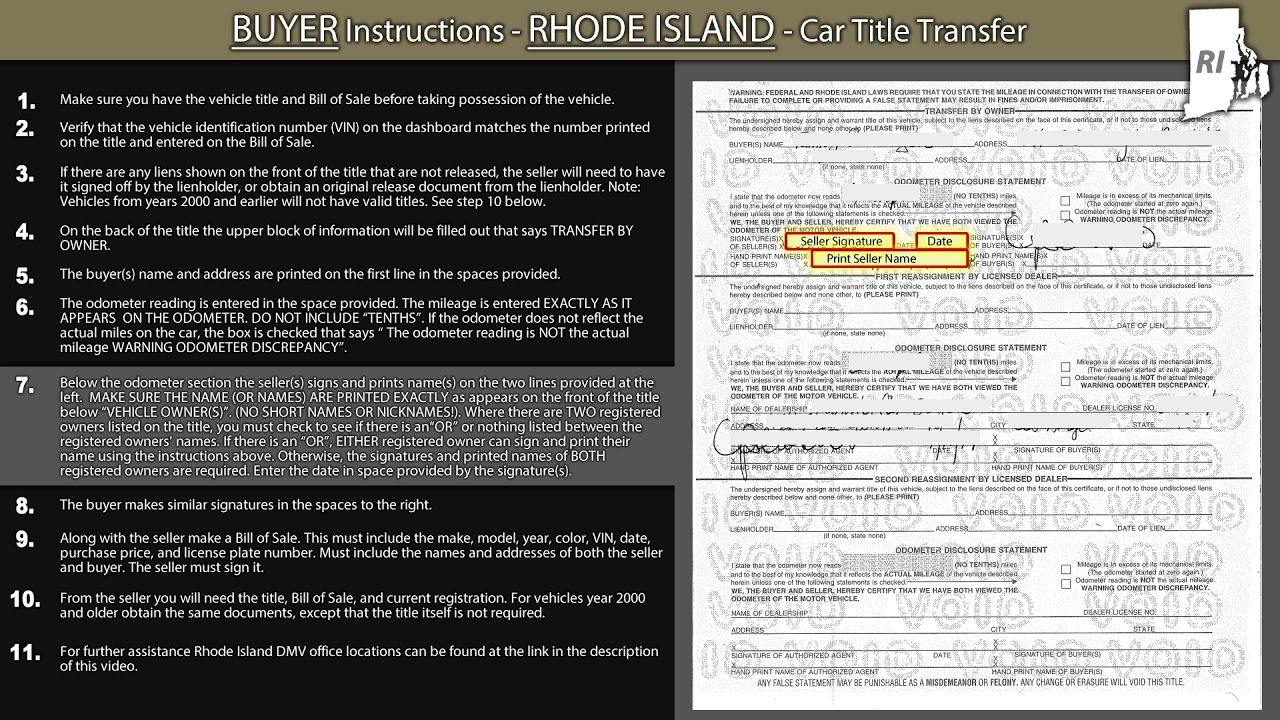Introduction: Rhode Island’s Geographic Size
Rhode Island, also known as the Ocean State, is a small yet significant state located in the New England region of the United States. Despite its diminutive size, Rhode Island has a rich history and unique characteristics that set it apart from other states. This article will delve into the specific geographic size of Rhode Island and explore how it compares to other states in terms of land area and population density.
Rhode Island’s Land Area: How Large is it?
Rhode Island covers a total area of approximately 1,214 square miles (3,144 square kilometers). This makes it the smallest state in the United States in terms of land area. Despite its small size, Rhode Island packs a punch when it comes to its significant historical and cultural contributions.
Comparing Rhode Island’s Size with Other States
When comparing Rhode Island’s size to other states, it becomes evident just how compact this state truly is. For instance, Alaska, the largest state in the US, is approximately 663,300 square miles (1,717,854 square kilometers) in size, making it over 500 times larger than Rhode Island. Similarly, Texas, the second-largest state, spans around 268,600 square miles (696,241 square kilometers), which is more than 200 times larger than Rhode Island.
Rhode Island’s Area: A Closer Look
Examining Rhode Island’s size more closely, we find that it stretches approximately 48 miles (77 kilometers) from north to south and 37 miles (60 kilometers) from east to west. Its elongated shape, resembling a rectangle, allows for easy accessibility to its various attractions and cities.
Population Density in Rhode Island: Impact of Size
Given Rhode Island’s small land area, it boasts a relatively high population density compared to other states. With an estimated population of over 1 million residents, this translates to a density of around 1,034 people per square mile (399 people per square kilometer). This density is significantly higher than the national average, which stands at approximately 93 people per square mile (36 people per square kilometer).
Rhode Island vs. Other States: Geographical Comparison
Rhode Island’s geographic size plays a pivotal role in distinguishing it from other states. Its small land area makes it more manageable to govern and develop infrastructure efficiently. In contrast, larger states face greater challenges in terms of managing vast territories and providing services to dispersed populations.
A Compact State: Rhode Island’s Unique Size
The compact size of Rhode Island has its advantages. Its small land area enables residents to easily traverse the state, making commuting and travel more convenient. Moreover, the close proximity of cities and towns fosters a sense of community and encourages social cohesion among residents.
Rhode Island’s Size: Advantages and Disadvantages
While Rhode Island’s small size brings certain benefits, it also poses challenges. Limited land availability restricts opportunities for expansion and development. Moreover, it can lead to higher property costs and limited space for infrastructure projects, such as highways or public facilities.
Rhode Island’s Role in the United States: Size Matters
Despite its small size, Rhode Island plays a crucial role in the United States. Its historical significance, particularly during the American Revolution, and its contributions to arts, education, and commerce make it an integral part of the nation’s fabric. Rhode Island’s size does not diminish its impact on the country’s history and culture.
Rhode Island’s Size: Implications for Infrastructure
Rhode Island’s small land area poses unique challenges in terms of infrastructure development. With limited space for expansion, the state must prioritize efficient land use and carefully plan infrastructure projects to accommodate its population and economic needs. Balancing development and preservation of natural resources becomes crucial in this context.
How Rhode Island Compares to Larger States
When comparing Rhode Island to larger states, the differences in size become more pronounced. The vastness of larger states allows for diverse landscapes, climates, and natural features. Rhode Island, on the other hand, may lack the same level of diversity and extensive wilderness found in more expansive states.
Conclusion: Rhode Island’s Size in Perspective
In conclusion, Rhode Island’s small size relative to other states distinguishes it as a unique entity within the United States. While its compactness brings both advantages and challenges, its impact on history, culture, and infrastructure cannot be underestimated. Rhode Island’s size matters, and this small state continues to make a significant mark on the American landscape.





